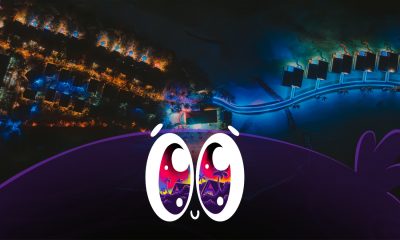Culture
Immerse in rich tapestry of Eid al-Adha at Oaga Art Resort

Eid al-Adha, a vibrant festival marking the culmination of Hajj, is a time for family, community, and of course, delicious food. This year, Oaga Art Resort offers a unique opportunity to experience the rich tapestry of Maldivian traditions alongside luxurious comfort. Here, you’ll witness the day unfold in all its vibrancy, from the soulful call of the “Sangu” conch shell signalling the start of festivities.
The journey begins with heartfelt Eid greetings from the Rahvehin, the island community. Savour a special Eid morning tea, a prelude to a day brimming with cultural experiences. Participate in artistic free flow or dance lab sessions, where you can try your hand at the hypnotic rhythms of the Boduberu drums or learn the graceful movements of traditional dances under expert guidance.
Indulge in a delectable Eid lunch buffet at Kaa Kada, the main restaurant. Let the vibrant flavours of Maldivian cuisine tantalise your taste buds as live Boduberu beats and a captivating Dhan’di Jehun dance performance set the scene.
As evening descends, immerse yourself in the festive spirit with a lively Maali parade, accompanied by the infectious energy of the Boduberu drums. Savour a delightful high tea at Raa Baa, followed by an Eid Special Dinner Buffet. The day culminates here with an Eid Show featuring live performances by local talents, ensuring an unforgettable end to a day steeped in cultural richness.
While the cultural immersion takes center stage, your comfort remains paramount. Oaga’s Eid al-Adha offer, valid from June 10th to 30th, 2024, promises an unforgettable escape. Unwind in luxurious accommodations overlooking breathtaking turquoise waters. Delight in daily culinary adventures with their Greatest All-Inclusive Plan, featuring premium beverages, thrilling water sports, and a complimentary spa treatment.
Don’t miss this opportunity to create lasting memories with loved ones. Book your Eid al-Adha getaway at Oaga Art Resort today and embark on a journey that blends luxury, cultural immersion, and artistic discovery. Eid Mubarak!
For Maldives lovers searching for an all-inclusive holiday, Oaga Art Resort’s Greatest All-Inclusive plan re-defines the limits of what All-Inclusive is all about; with inclusions such as Creative Expression (art) classes, Take Notes (music) experiences, In-Villa Dining to floating meal, choices of excursions, motorised watersports and many more. Guests looking to book the resort can visit the website, www.oagaresorts.com to book your stay, don’t miss out!
Situated in North Malé Atoll, Oaga Art Resort is 45 minutes by speedboat from Malé International Airport. A small island with 60 villas with beach and over water options, 5 dining venues and a spa inspired by Maldivian traditional healing practices, Oaga Art Resort’s artistic and creative spaces offer an immersive experience curated by local and visiting artists, and craftsmen from the Maldives.
Culture
SO/ Maldives illuminates Diwali with culinary delights, festive spirits, chic island vibes

This Diwali, SO/ Maldives is set to dazzle with a bold celebration that blends cultural tradition with the resort’s signature flair. Guests are invited to indulge in a day of flavor, music, and style, wrapped in the spirit of light and festivity.
The day begins at The Citronelle Club, where guests can immerse themselves in India’s sweetest traditions with a complimentary Gulab Jamun cooking class. This hands-on session not only celebrates the art of crafting one of India’s most iconic desserts but also offers guests a memorable experience of cooking and tasting together in true festive spirit.
Following the workshop, the culinary journey continues with an exclusive tasting of SO/ Maldives’ brand-new Indian à la carte menu. Bursting with bold flavors and modern interpretations, this exciting menu brings a fresh twist to traditional favorites, showcasing dishes designed to delight both seasoned gourmands and those discovering Indian cuisine for the first time.
As the afternoon rolls into evening, the celebrations flow seamlessly to Lazuli Beach Club and The Citronelle Club, where guests can savor the moment with 40% off select premium beverage bottles. Whether shared over a meal or enjoyed as a toast to togetherness, these indulgent pours elevate the festive mood with sophistication.
The evening comes alive with a vibrant lineup of cultural and family-friendly activities. Guests can express their creativity at a Family Diya Workshop, lighting up the night with personalized clay lamps that symbolize joy and prosperity. At Lazuli Beach Club, a Henna Workshop invites guests to adorn their hands with intricate patterns, while the beachfront transforms into a canvas for a Rangoli experience, where colorful designs bloom in the sand to celebrate the artistry and spirit of Diwali.

No Diwali celebration is complete without a golden-hour glow. At Lazuli Beach, the festivities shine brighter with 50% off saffron martinis during sunset, accompanied by live DJ beats. As the Maldivian sky turns to hues of orange and gold, guests can sip, sway, and soak in an electric yet elegant atmosphere, perfectly in tune with the spirit of Diwali.
“At SO/ Maldives, we reimagine cultural celebrations with a bold, chic island twist. This Diwali, we’ve curated a day that’s all about indulgence, flavors, music, and unforgettable moments,” said Olivier MOIES-DELVAL, General Manager, SO/ Maldives. “It’s about honoring tradition while celebrating in style, surrounded by the natural beauty and energy of the Maldives.”
SO/ Maldives invites guests to light up their Diwali with this one-of-a-kind experience that blends the richness of Indian traditions with the resort’s signature playful luxury.
Celebrate light, flavor, and island chic this Diwali at SO/ Maldives.
Cooking
Malaa – The Maldivian Café: NH Kuda Rah’s new culinary jewel
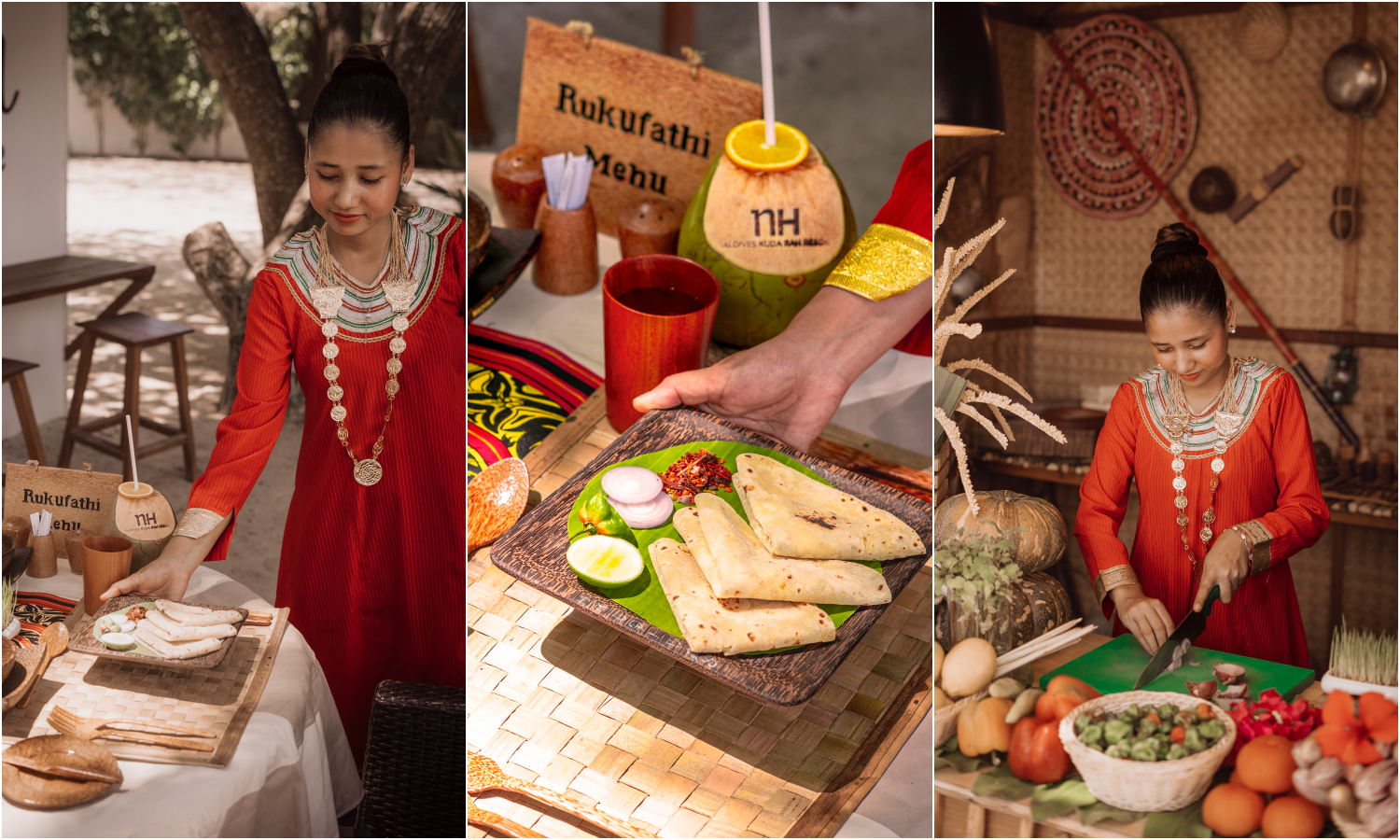
NH Maldives Kuda Rah has announced the launch of its newest food and beverage outlet, Malaa – The Maldivian Café. Now open to guests, the café offers a taste of authentic Maldivian cuisine alongside interactive Maldivian cooking classes.
Guests staying at NH Maldives Kuda Rah can delve into the country’s rich culinary traditions with guidance from award-winning Executive Chef Farish Mukhthar. With over 22 years of experience in the hospitality and culinary industries across five-star and ultra-luxury resorts in the Maldives, Chef Farish brings a deep-rooted passion and refined expertise to the resort. Trained under renowned European celebrity chefs, he has earned a strong reputation for his culinary artistry.
The café focuses exclusively on authentic Maldivian dishes, using locally sourced ingredients from nearby islands as well as the chef’s own garden within the resort. Cooking classes offer guests the opportunity to prepare classic Maldivian dishes, such as curry and local salads, under the guidance of Chef Farish—culminating in a delicious homemade lunch.
As fish (both fresh and smoked) is the staple of the Maldivian diet, it is often prepared with coconut and rice or roshi (Maldivian flatbread). Other traditional ingredients include breadfruit and sweet potato—versatile and starchy staples that feature in a wide range of local dishes. The cuisine is often boldly spiced, with the fiery Scotch bonnet chilli, locally known as githeyo mirus, playing a central role. This essential chilli, along with herbs grown organically in the resort’s garden, imparts a distinctive heat and fruity flavour to many Maldivian dishes.
While many resorts in the Maldives offer a wide array of international cuisine—ranging from Italian and Japanese to French and Indian—the opportunity to savour authentic local flavours can be one of the most memorable aspects of travel. Malaa – The Maldivian Café provides a unique and immersive dining experience for those curious about Maldivian culinary heritage and the fascinating stories behind its traditional ingredients.
This initiative is part of NH Hotels & Resorts’ broader effort to connect guests with meaningful local experiences through its Live Local programme, under the Minor DISCOVERY loyalty scheme. The programme is designed to offer curated, immersive activities and authentic cultural encounters, allowing guests to engage more deeply with their destination.
Culture
Milaidhoo Maldives invites guests to discover real island living in Kihadhoo

Milaidhoo Maldives, a boutique luxury resort situated within the UNESCO Biosphere Reserve of Baa Atoll, has unveiled its latest signature offering – the Local Island Tour – a meaningful and intimate cultural experience that provides guests with a genuine insight into everyday life in the Maldives.
Nestled amidst the natural splendour of Baa Atoll, celebrated for its vibrant marine biodiversity and unspoilt local islands, this new experience extends beyond the boundaries of the resort. Guests are invited to journey just 15 minutes by boat to Kihadhoo, a serene and authentic island where tradition, community and simplicity remain firmly embedded in daily life.
Upon arrival, visitors are immersed not only in a new landscape but in a slower, more deliberate way of life. Much like the ethos of Milaidhoo, where barefoot luxury is designed to encourage presence and connection, Kihadhoo exudes its own quiet charm – a lifestyle shaped by nature, calm and community. Along its sandy paths, occasionally crossed by a scooter or two, time appears to slow down. It is a place grounded in authenticity and understated beauty.
The experience is personally guided by Ali “CR” Niushad, a Kihadhoo native and esteemed member of the Milaidhoo team. Acting as both host and storyteller, CR offers guests the rare opportunity to experience the island not as tourists, but as warmly welcomed friends. The visit begins with a traditional greeting from local flower girls dressed in Maldivian attire, setting the tone for an encounter steeped in culture and sincerity.
As the tour unfolds, guests are met with the everyday sights and sounds of the island: children waving in the distance, neighbours exchanging greetings, the rhythmic sweep of a broom, the gentle clatter of cooking utensils, and women gathered in joali seats, softly conversing in the afternoon light. A walk through Kihadhoo reveals vividly painted doors on homes – reminiscent of the colourful doors of Milaidhoo’s own villas – reflecting the island’s quiet charm and creative spirit.
This is not a traditional sightseeing excursion; it is an immersion into the heartbeat of island life. Guests enjoy fresh coconuts at a small, family-run café, visit the local school and community centres, and spend time in CR’s family home, sharing stories and perspectives. Each moment is organic, heartfelt, and grounded in sincere human connection.
In an era where travellers increasingly seek meaningful and mindful experiences, Milaidhoo’s Local Island Tour captures the spirit of slow travel: an invitation to pause, observe, and engage with respect and curiosity.
Experience Highlights:
- Price: USD 95++ per person (minimum of four guests)
- Inclusions: Return boat transfers, traditional island welcome, guided walk with CR, refreshments (fresh juice or coconut), visits to village landmarks, and a selection of homemade Maldivian snacks with tea or coffee
While Milaidhoo offers refined barefoot luxury that nurtures a sense of inner calm, Kihadhoo presents the soulful essence of Maldivian island life. Together, they create a compelling contrast – sanctuary and simplicity, elegance and authenticity.
This experience is more than a cultural outing. It is a return to the original purpose of travel: to connect, to learn, and to be changed in quiet, unforgettable ways.
-
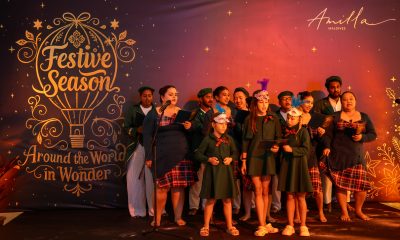
 News1 week ago
News1 week ago‘Around the World in Wonder’ brings culture, cuisine, celebration to Amilla Maldives
-

 News1 week ago
News1 week agoChristmas at Fushifaru Maldives begins with tree lighting, Boduberu, kids’ activities
-
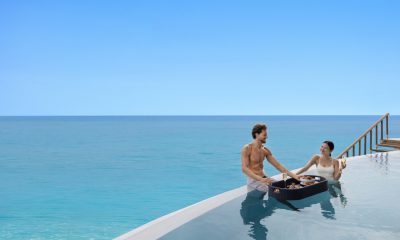
 News7 days ago
News7 days agoFour Centara resorts in Maldives target school-holiday travellers with extended-stay offers
-
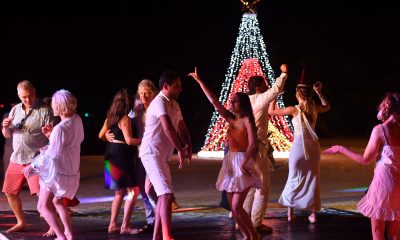
 News5 days ago
News5 days agoCinnamon Hotels & Resorts Maldives wraps Christmas celebrations, prepares NY 2026 line-up
-
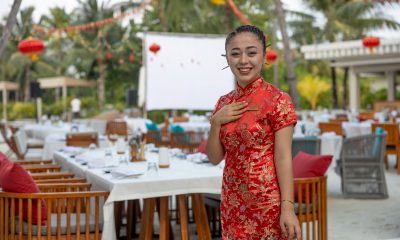
 News6 days ago
News6 days agoKuda Villingili Resort Maldives marks Year of the Horse with four-day Lunar New Year programme
-

 News5 days ago
News5 days agoHoliday Inn Resort Kandooma Maldives unveils week-long Orthodox Christmas celebrations
-
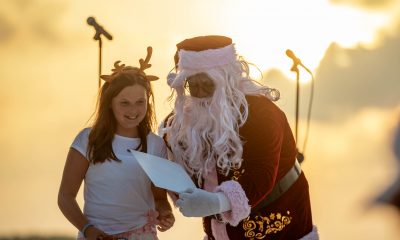
 News4 days ago
News4 days agoSun Siyam Vilu Reef brings ‘Ocean Odyssey’ to life this festive season
-
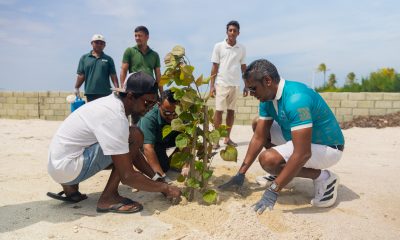
 News4 days ago
News4 days agoSun Siyam Olhuveli marks end of 2025 with sustainability-led programmes











